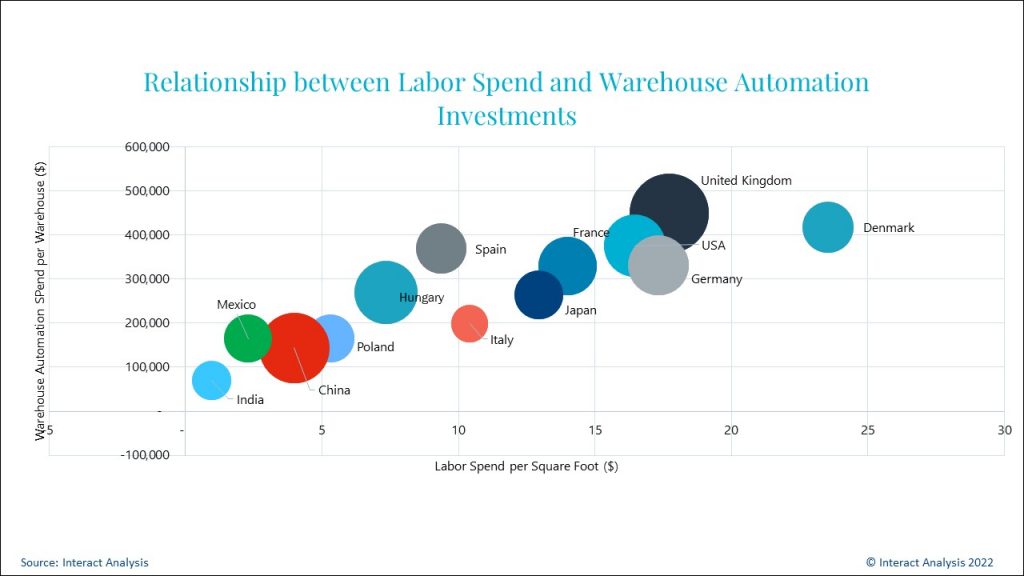Understanding the Interbank Loan Rate: How It Affects Your Financial Decisions
#### Description:The interbank loan rate is a crucial financial metric that plays a significant role in the global economy, influencing everything from indi……
#### Description:
The interbank loan rate is a crucial financial metric that plays a significant role in the global economy, influencing everything from individual loans to large-scale corporate financing. Understanding what the interbank loan rate is and how it operates can empower both businesses and consumers to make informed financial decisions.
At its core, the interbank loan rate refers to the interest rate at which banks lend money to one another. This rate is pivotal because it serves as a benchmark for various lending rates across the financial system. When banks borrow from each other, they assess the risks involved, and this assessment directly influences the interest rates they charge their customers. Consequently, a change in the interbank loan rate can ripple through the entire economy, affecting everything from mortgage rates to business loans.

The interbank loan rate is typically influenced by a range of factors, including central bank policies, inflation rates, and overall economic conditions. Central banks, such as the Federal Reserve in the United States or the European Central Bank in the Eurozone, set key interest rates that guide the economy. When these central banks adjust their rates, it can lead to immediate changes in the interbank loan rate. For instance, if a central bank lowers its benchmark rate, banks may find it cheaper to borrow from one another, which can lead to lower lending rates for consumers and businesses.
Another significant factor affecting the interbank loan rate is the level of liquidity in the banking system. During times of economic uncertainty, banks may become more cautious and reluctant to lend, which can lead to an increase in the interbank loan rate. Conversely, when the economy is thriving and banks are more willing to lend, the rate may decrease. This relationship is critical for understanding how the interbank loan rate can impact your financial choices.

For individuals, the interbank loan rate indirectly affects loan products such as mortgages, personal loans, and credit cards. When the interbank loan rate rises, banks typically pass these costs onto consumers, leading to higher interest rates on loans. This can make borrowing more expensive, which may deter people from taking out loans for large purchases, such as homes or cars. On the other hand, when the interbank loan rate falls, it can lead to lower interest rates on loans, making it more attractive for consumers to borrow money.
For businesses, the implications of the interbank loan rate are just as significant. Companies often rely on loans for operational expenses, expansion, and capital investments. A rise in the interbank loan rate can lead to increased borrowing costs, which may prompt businesses to delay investments or reduce spending. This, in turn, could impact overall economic growth. Conversely, a lower interbank loan rate can stimulate business growth by making financing more accessible and affordable.

In summary, the interbank loan rate is a vital component of the financial landscape, influencing a wide array of economic activities. By understanding its dynamics, individuals and businesses can better navigate their financial decisions. Whether you're considering taking out a loan, investing, or planning for future expenses, keeping an eye on the interbank loan rate can provide valuable insights into the broader economic environment. As you make financial choices, remember that the interbank loan rate serves as a barometer for the cost of borrowing and can significantly shape your financial future.